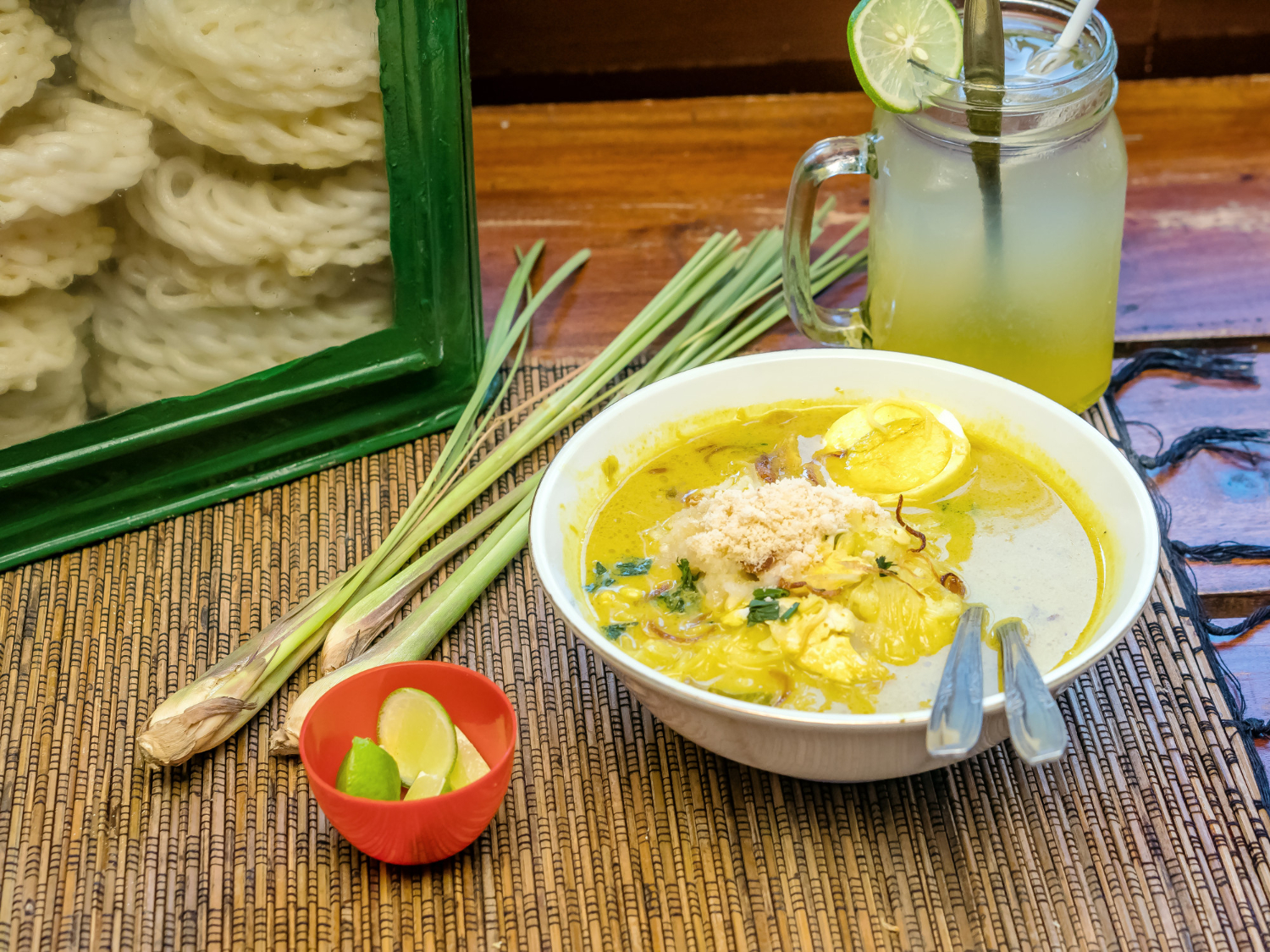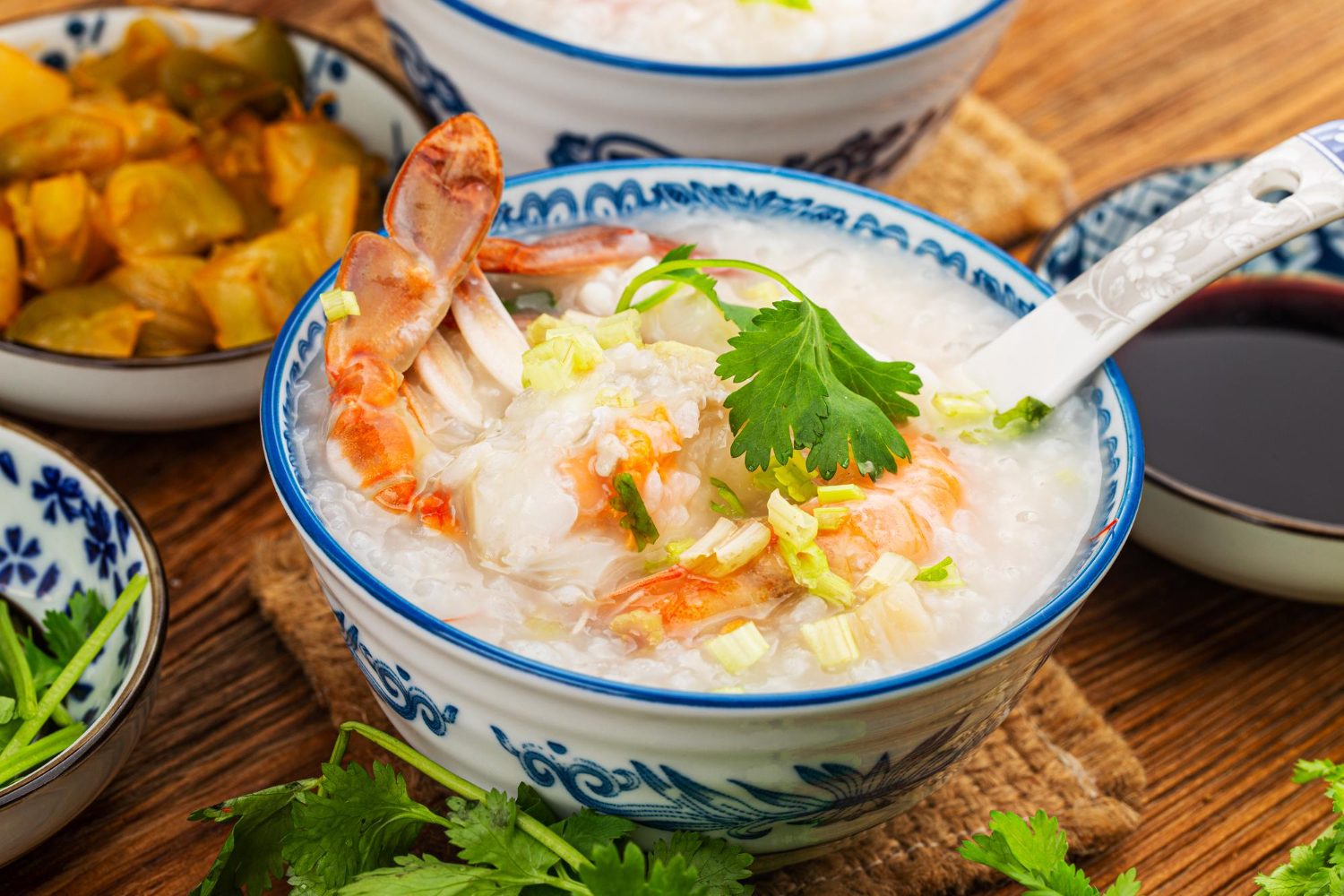Vietnamese pho soup is a delicious and comforting dish that has become very popular around the world. This fragrant broth, garnished with rice noodles and meats or vegetables, is a real explosion of flavors in the mouth. But what is the chefs’ secret to preparing authentic and delicious Vietnamese pho soup?
First of all, broth is the base of this soup. To prepare it, chefs use beef or pork bones that they simmer for hours with spices such as cinnamon, cloves, ginger and star anise. This long cooking allows the flavors to blend harmoniously and give the broth its characteristic flavor. Some chefs also add vegetables like onions, carrots and mushrooms to enrich the broth even more.
Next, rice noodles are an essential part of pho soup. Chefs make sure they are well-cooked but firm, so they retain their texture and absorb the broth without becoming mushy. They also recommend rinsing them in cold water after cooking to remove excess starch and prevent them from sticking together.
When it comes to the garnish, the chefs are unanimous: you must choose quality pieces of meat to provide an optimal taste experience. Traditionally, beef is used, but some chefs prefer chicken, pork or even seafood. The meat is usually cooked to perfection before being served in the soup, giving it unparalleled tenderness. To enhance the flavors, some chefs also prepare meatballs or slices of liver which add an extra touch to the soup.
When it comes to vegetables, chefs recommend using fresh herbs like cilantro, basil and mint to add a fresh note to the soup. They also suggest adding bean sprouts, chili rings or onion slices for a touch of heat and crunch. Toppings can vary depending on individual tastes, but the important thing is to have a balance between flavors and textures.
Finally, chefs emphasize the importance of creating the perfect seasoning to accompany pho soup. This can vary depending on individual preferences, but it is generally composed of soy sauce, nuoc-mâm (Vietnamese fish sauce), lime juice and chili pepper. Chefs recommend tasting the broth before adding seasoning, to ensure all the flavors blend together harmoniously.

The cultural symbolism behind pho soup
Delving into the rich history of pho soup not only allows us to better understand its growing popularity around the world, but also the importance of its place in Vietnamese culture. When you taste this delicious soup, you also savor centuries of history, traditions and national identity.
Pho soup is not just a meal; for many Vietnamese, it embodies the soul of their nation. Originating in northern Vietnam at the beginning of the 20th century, pho has evolved through the ages, each era leaving its own mark. It reflects Chinese and French culinary influences mixed with Vietnamese essence.
The impact of migration on pho
As internal migrations in Vietnam progressed, the original pho recipe diversified, giving rise to regional variants. Northern pho, for example, is known for its clear, subtle broth, while southern pho is characterized by a richer, spicy broth, accompanied by a wider variety of herbs and condiments. This evolution reflects the way in which cuisine can adapt and transform according to regional influences, while retaining its original essence.
Pho, much more than a soup
Interestingly, pho soup is not only appreciated for its taste. It also plays an important social role. In the streets of Hanoi or Saigon, from dawn, you can see residents of all ages sitting around a bowl of pho, exchanging morning discussions or simply enjoying a moment of tranquility before starting their daytime. Pho is thus a ritual, a tradition anchored in everyday life.
The impact of pho on world gastronomy
In the current context of culinary globalization, pho has crossed the borders of Vietnam to spread to many countries, thus becoming an ambassador of Vietnamese culture. Its appearance in cosmopolitan cities not only introduced the delicacy of Vietnamese cuisine to a wider audience, but also strengthened its position as a world-renowned delicacy.
Pho in the era of modernity
With the spread of pho around the world, different chefs and cooking enthusiasts have tried to reinterpret this traditional dish by adding their personal touch. Some have introduced local ingredients, merging pho soup with other cuisines and creating innovative versions. For example, in New York or Paris, it is not uncommon to find vegan versions or even variations with gluten-free pasta. These adaptations illustrate how a traditional dish can evolve while remaining true to its essence.
Preserving the authenticity of pho
Despite these multiple variations, many purists defend the importance of preserving the authenticity of pho. For them, the true flavor of this dish lies in respecting traditional cooking techniques and original ingredients. While some restaurants abroad may adjust the taste of the soup to suit local palates, others strive to serve pho as authentic as possible, thereby educating their customers about the richness of Vietnamese cuisine.












